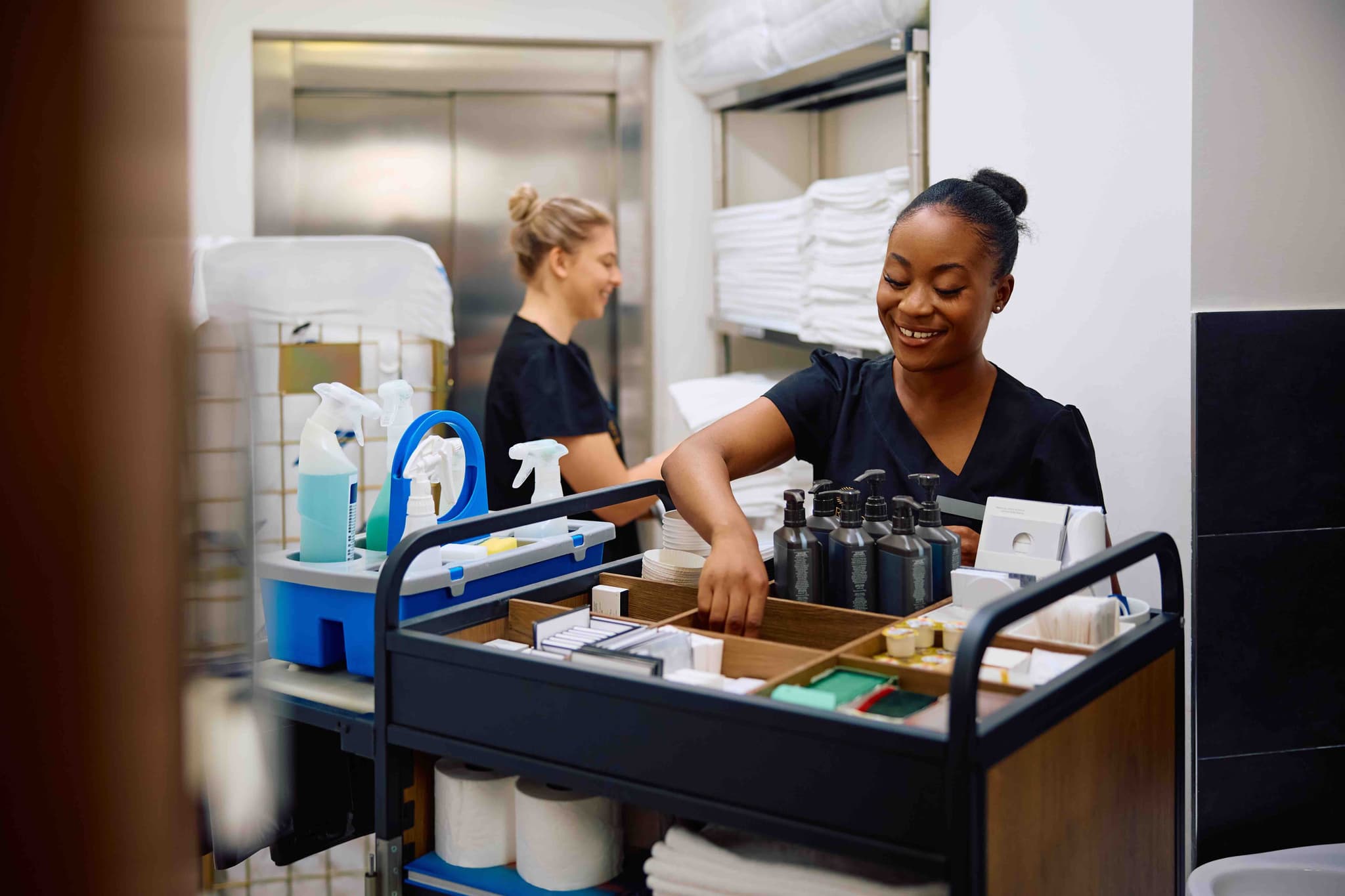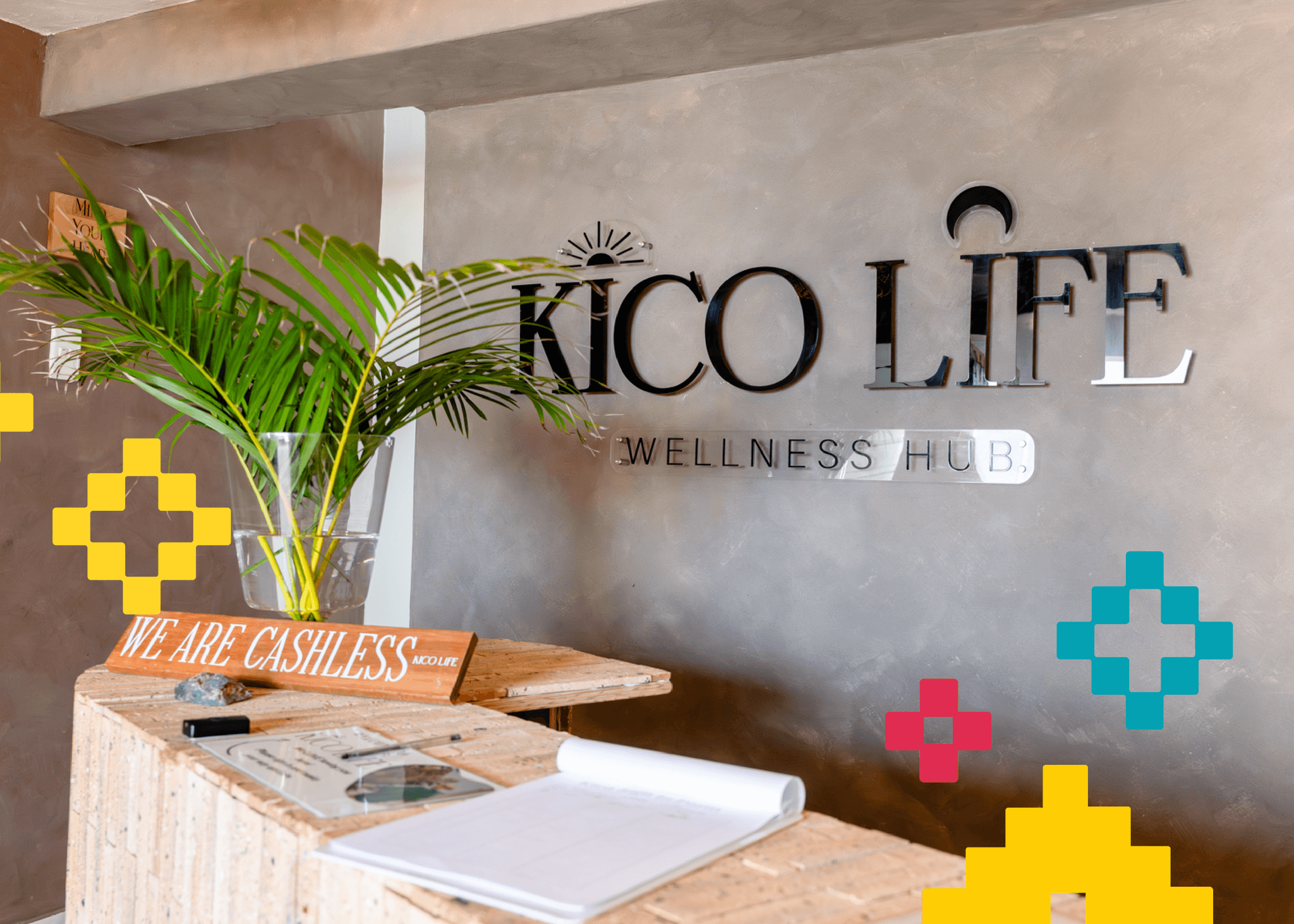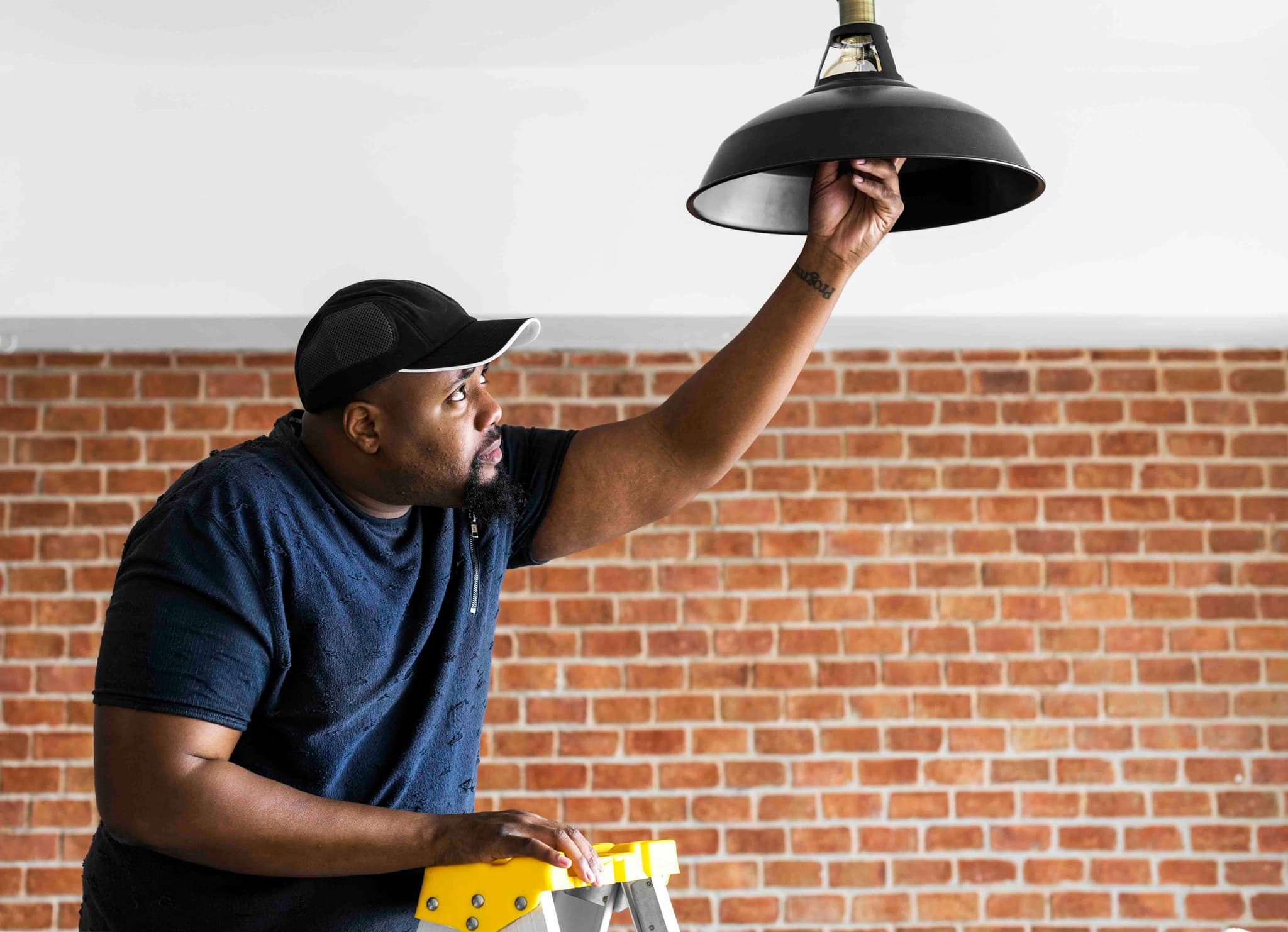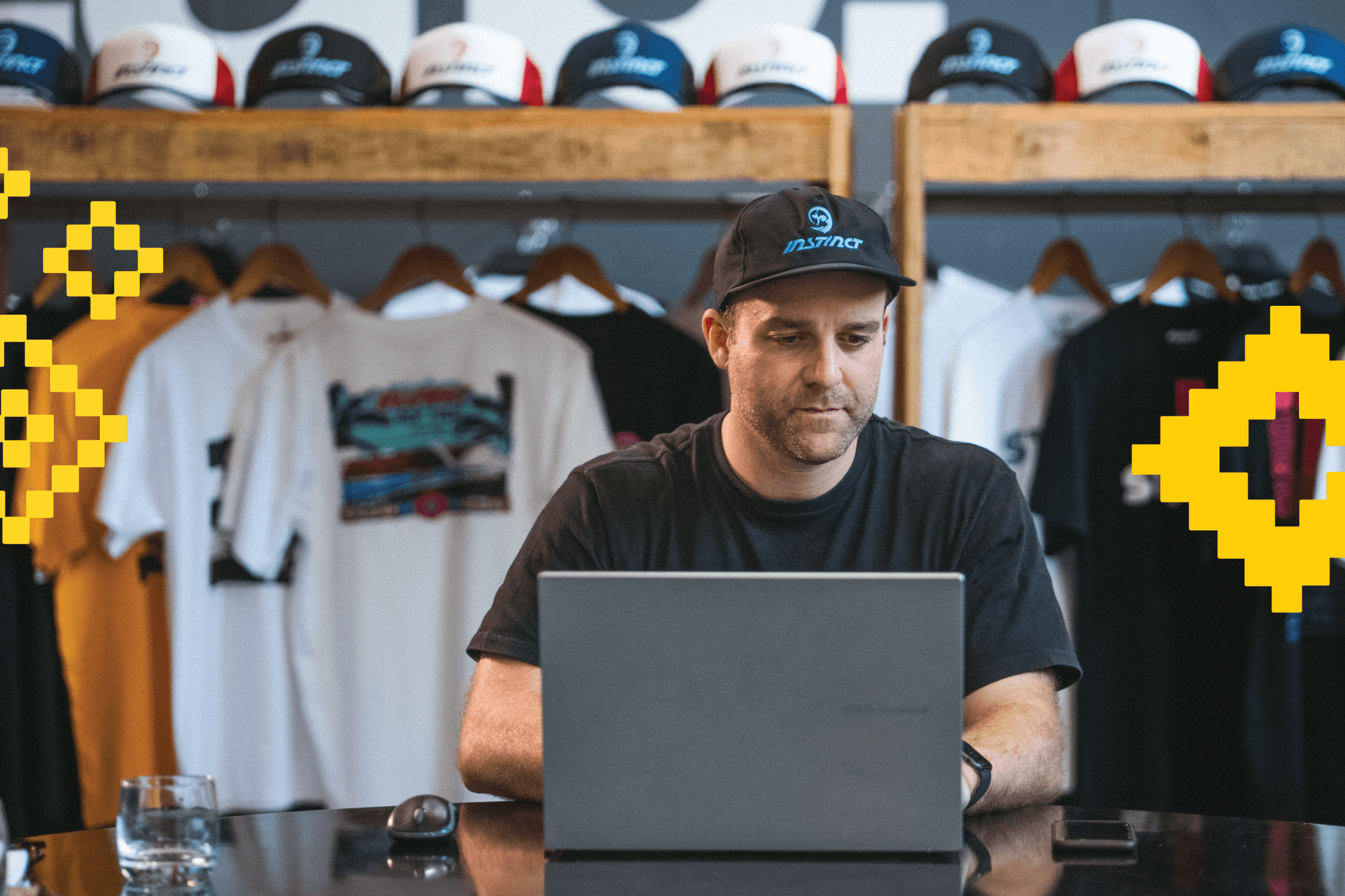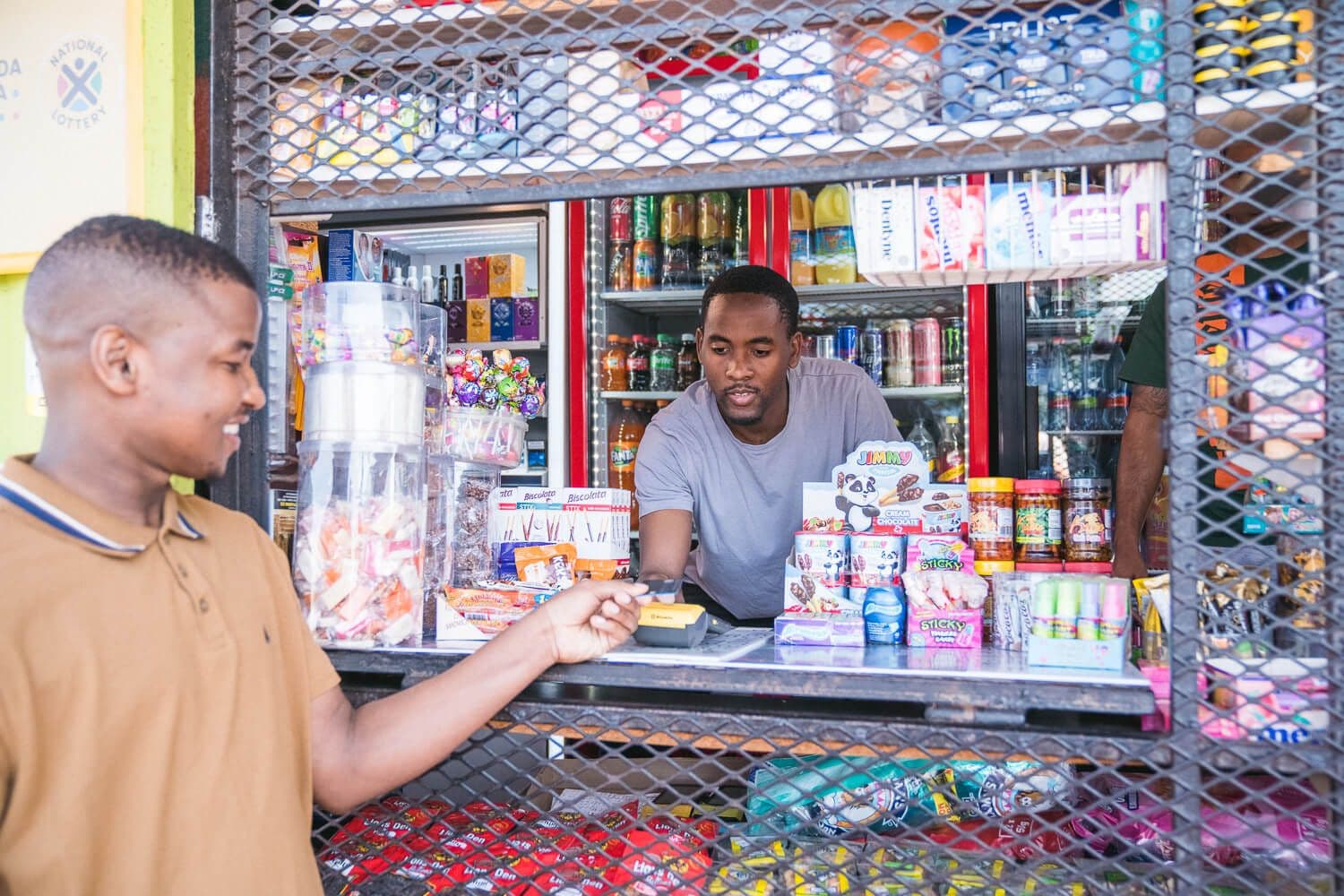
How to Test a Business Idea (+FREE Market Research Survey Template)
So, you’ve got the business idea. Here’s how to test your business idea to find out if it’s viable using our market research survey template.
Are you buzzing with bright business ideas? That’s great! How do you find out if you’re on to the next big thing? The simple answer is: you put it to the test. Here’s how to test your start-up business idea, and while you’re at it get a free Market Research Survey Template on your side.
What makes a good business idea?
Market demand for your idea. You’ll know your business idea is good when there’s a group of people it interests and solves a problem for. The journey of testing your idea will involve finding out if there is a market for your product. This is otherwise known as market validation.
The Ford Edsel Flop
Ford Edsel is a prime example of why testing your business idea is vital in ensuring you’re on the right track. In 1957, Ford finally launched the much anticipated Ford Edsel. Unfortunately, after investing 400 million US dollars, Americans weren’t buying into it. According to Associated Content, the reasons for their lack of interest was wanting a “smaller, more economic vehicle.”
Ford tried their best to continue marketing and pushing sales but decided to discontinue the Edsel after three years.
What we can take away from the Ford Edsel Flop is this: market research matters.
So, let’s start with the why…
You don’t want to waste your time, money and resources on a business idea that simply won’t sell. And while it may be tempting to launch your business after coming up with a big idea, you need to know that it’s something the world is interested in.
Here are 5 steps to take to test your business idea. Let’s get going!
1. Start with the right questions
Who, what, when, where, why and how?
Your business idea is not going to stay in your mind, it’s going out to the real world. To flesh out your idea, you’ll have to ask yourself questions that encourage you to dig deeper into it and devise a plan. If your idea is too vague or not yet fully developed, you risk having a rocky start to your business.
That said, write down as many questions as possible, from surface level to deeper level.
A pretty good place to start would be asking yourself:
- Why do I want to start a business?
- What problem do I want to solve?
- Whose problem do I want to solve?
- How does my product solve this problem?
- What resources do I have at my disposal?
Remember: there’s no such thing as a bad question. All your questions will work to solidify your thoughts and your business idea. When you have your answers, the real work of testing your business idea begins.
2. Know who you’re aiming for
Your business is for customers. Without them, you cannot exist. To test your business idea, you need to know who your ideal customer is. These are the people you need to hone in on and get to know. There’s no amount of desktop research that can give you better insights into the people that you’re aiming for than them.
Take the time to ask your potential customers about their experiences with your competitors. The approach you could take to test your idea is to get authentic feedback from a small group of your target customers. You could do this by having a focus group or sending out questionnaires or surveys.
Questions should include:
Customer’s demographic: These are basic characteristics of who your customers are. Think about what their profile would look like – from age to location.
Psychographics: This is where you’ll find your golden nuggets. The questions dig deeper to find out why they do what they do. Like what are your customers’ preferences, habits and behaviours.
Satisfaction: These questions will help you determine how your customers feel about your competitors’ product and why.
You’ll know there’s a demand for your product if there are competitors. They’re a good point of reference for what ideas have and haven’t worked. You can also use insights from your customers to beat them at their own game and make your ideas stand out.
To give you a head start, we’re giving you a FREE Market Research Survey Template.
3. Find the truth
Most of what you initially write down are your assumptions, not facts. How can they be tested? By you getting out there and testing them against your potential customers. Find out if they resonate or align with the thoughts and beliefs of your customers.
To get the ball rolling:
- Start with the people you know. Look at the people you can speak to from your network of friends, family, mentors, and others to reach your potential customers.
- Ask your potential customers questions. Have a list of questions on hand but don’t fear wandering off from them. Approach this as less of an interview and more of a conversation. Be curious. That’s how you’ll learn and get the most insight.
- And always follow up with “why?” Asking “why?” is by far the most crucial question you can ask. It uncovers the real problems, needs and motivations of your customers.
Get their feedback this way:
- Develop a product prototype. It allows your potential customers to interact with your business idea in a real-world experience. And it doesn’t have to be an accurate depiction, but it should encapsulate essential elements of your idea.
- Or take to social media and ask questions. What’s great about social media is that it can connect us to anyone. Meaning that your target market is right at your fingertips and a few clicks away. Find online groups and forums that may be interested in what you’re offering. Discover what their thoughts on your business idea are by sending out surveys, questionnaires and polls.
4. Create a unique value proposition
From all the research you would have gathered before reaching this step, you should be able to create a value proposition – this is the answer to why your customers should buy from you instead of your competitors.
Your value proposition can set you apart from the competition. Set your focus on what value your product delivers to your customers and the problems that it fixes.
Great value propositions describe the benefits instead of the features of products – in that way this lets the person know what they’re really getting out of the product.
5. Keep asking and adapting
Keep asking for feedback and tweaking your product to tailor it to your market. Tony Robbins once said, “By changing nothing, nothing changes.”
Remember that the original idea is not always the best. It’s okay if your idea changes as you gain more knowledge. So, be prepared to fine-tune what you originally had. Approach this process with curiosity and an experimental mindset.
It’s time to test
Finally, take the risk and have fun while you’re at it! The market validation experience will only make your product better and get you closer to success. It’s not to get you out of your idea, it’s to get an even better version of it and straight into business.
To get started, download our Market Research Survey Template and simply fill out the required fields to make it relevant to you and your business. Also be sure to read our How to Start a Business Guide for more information.




